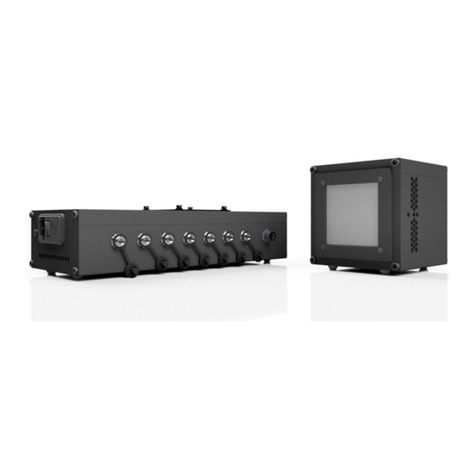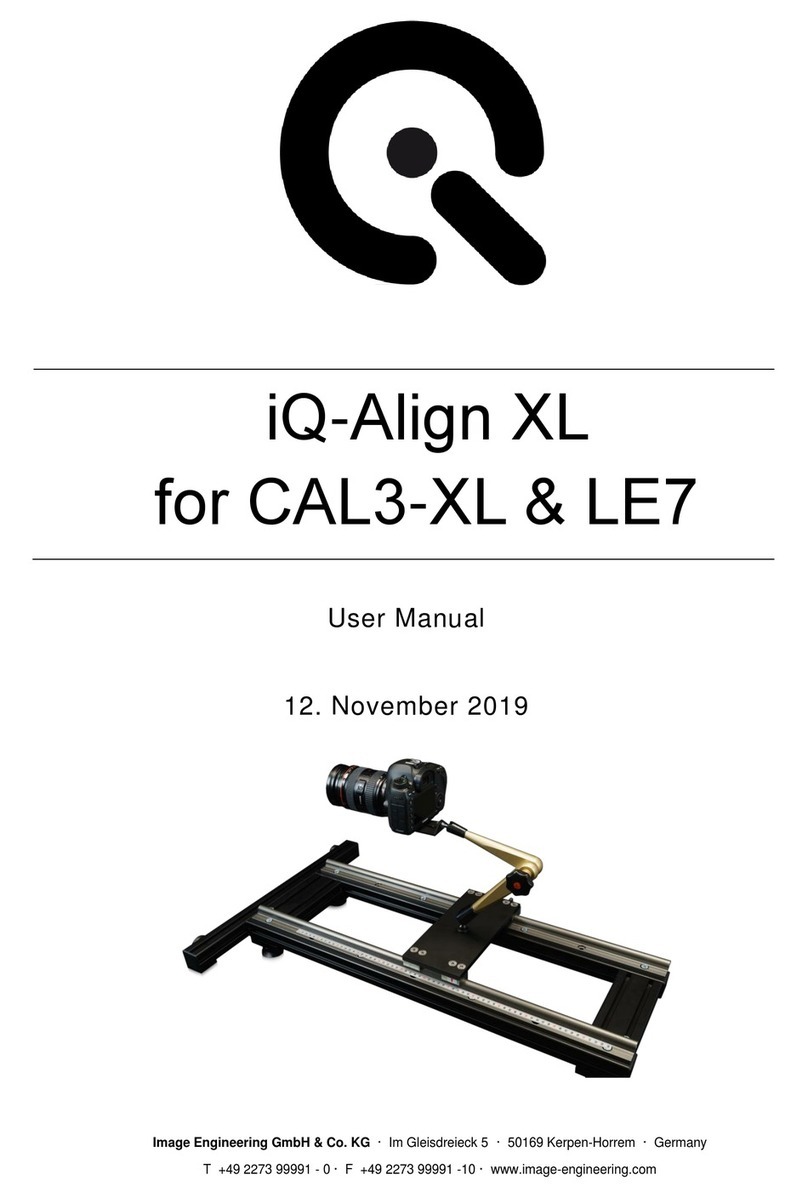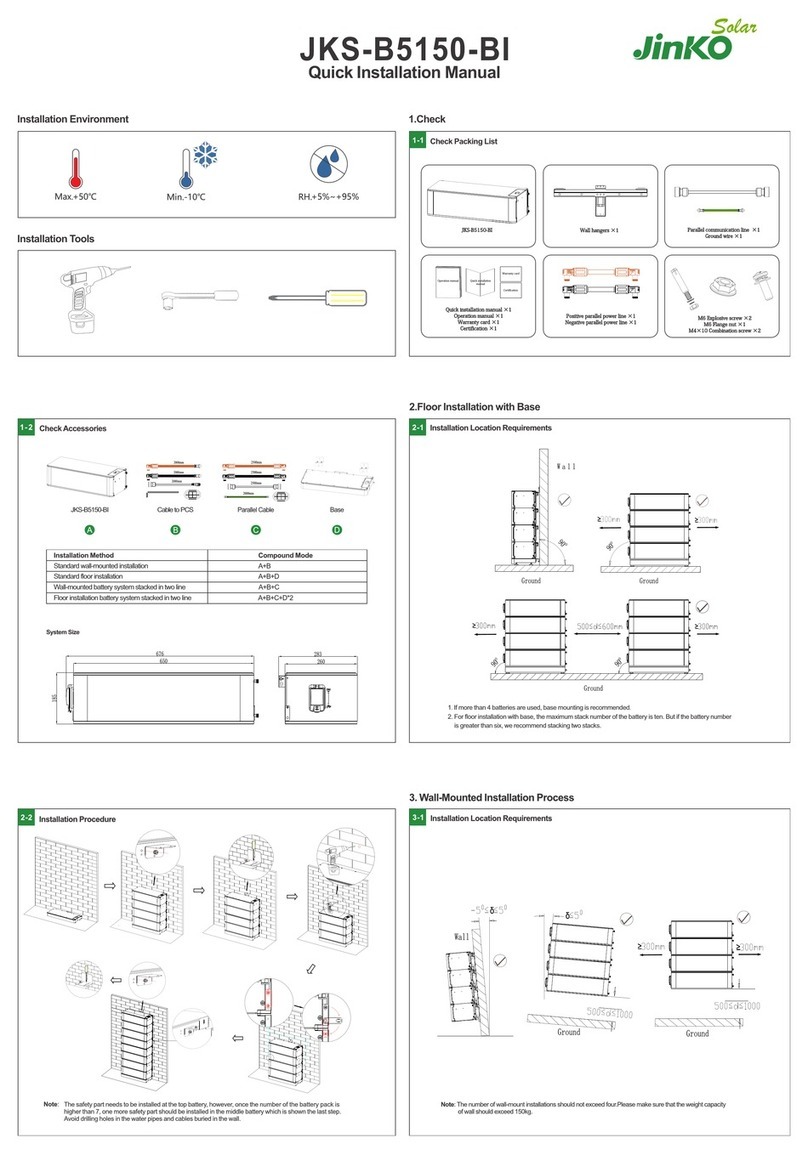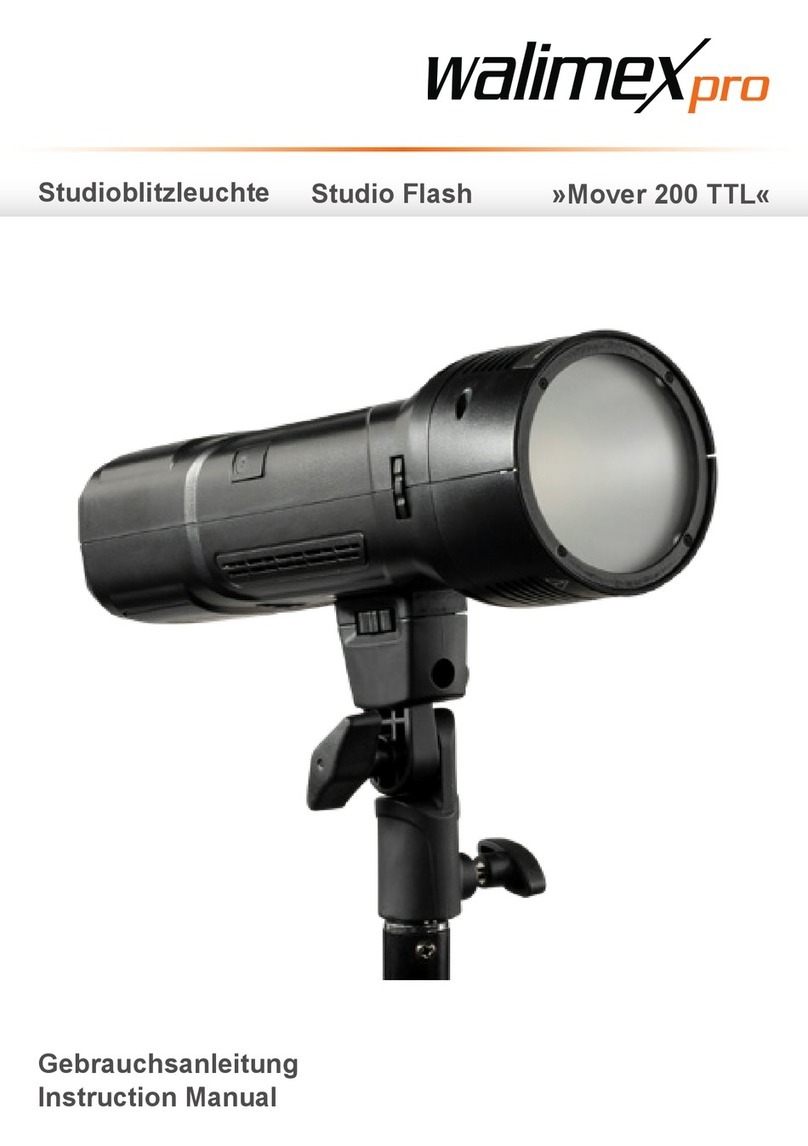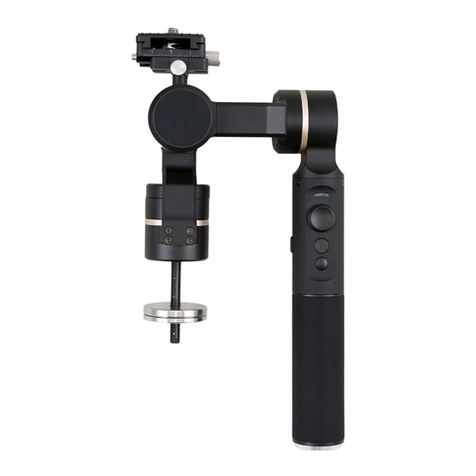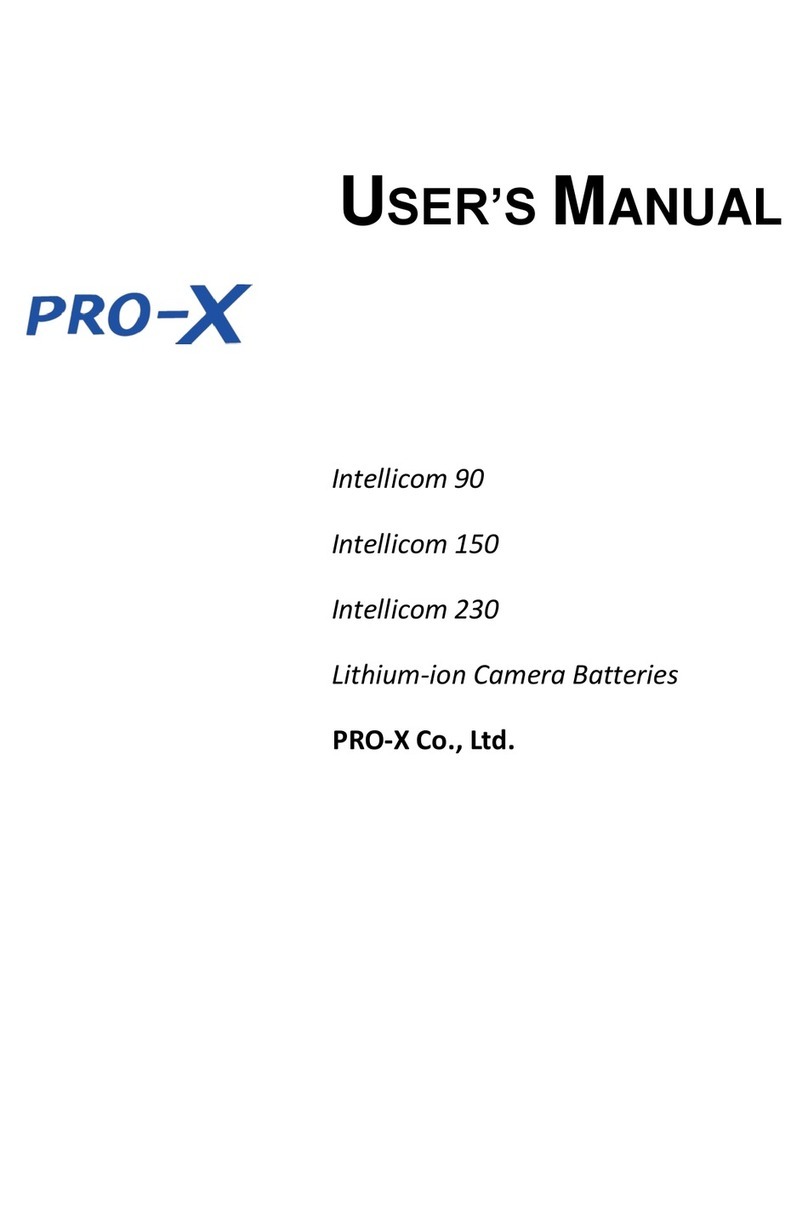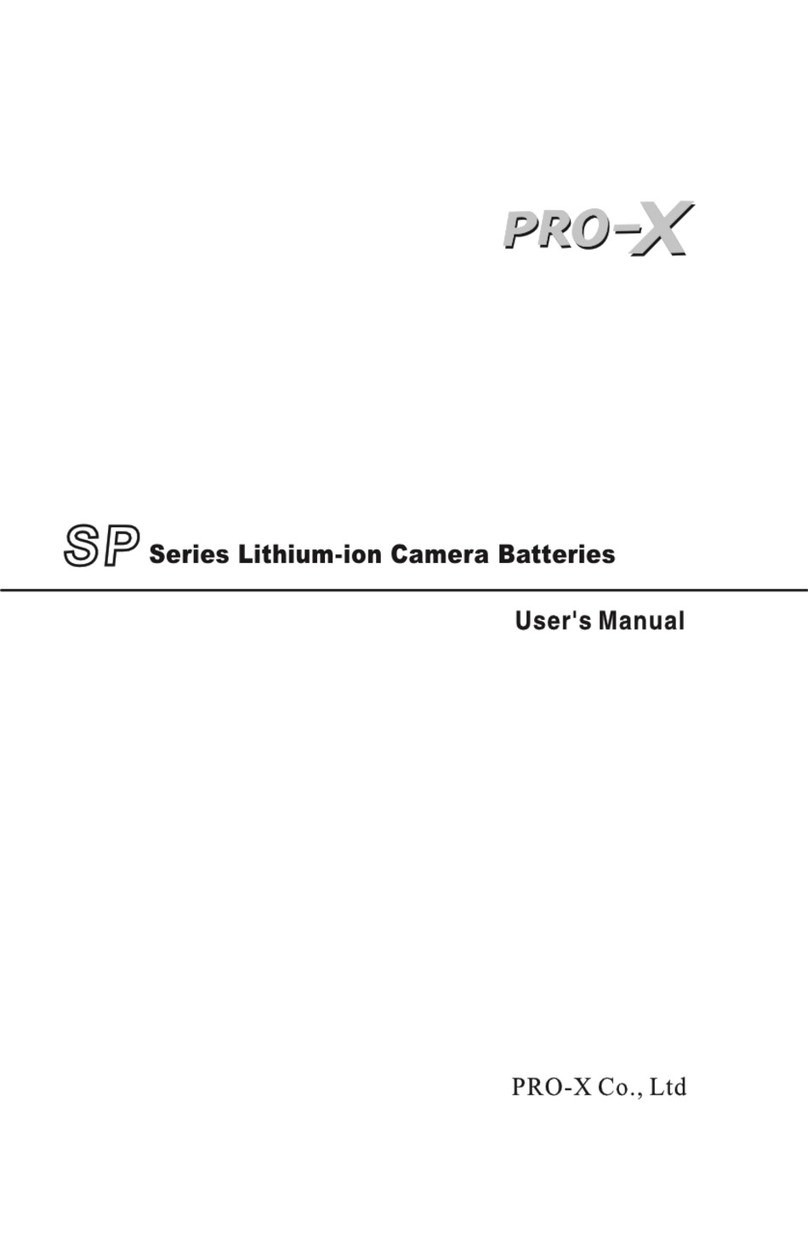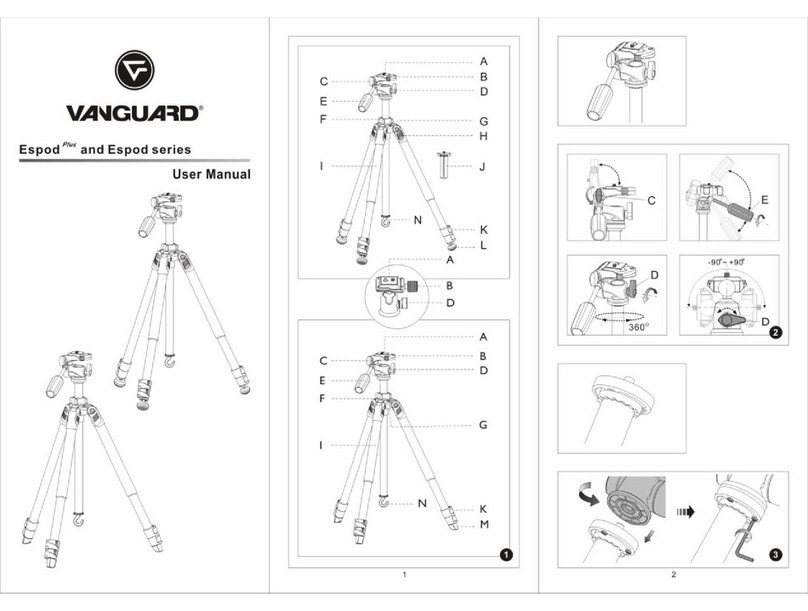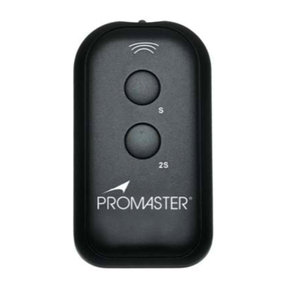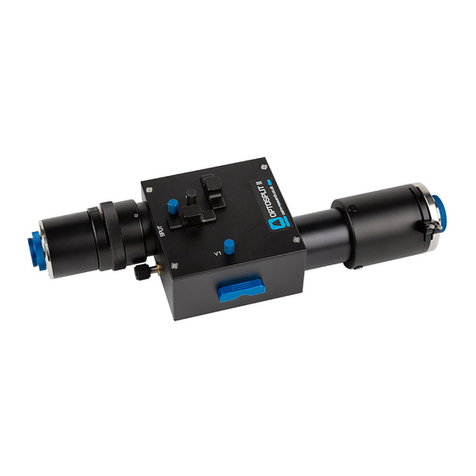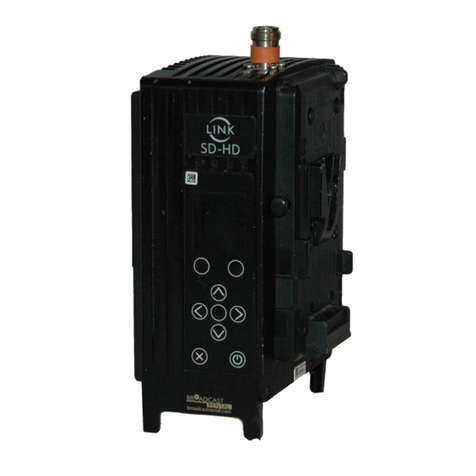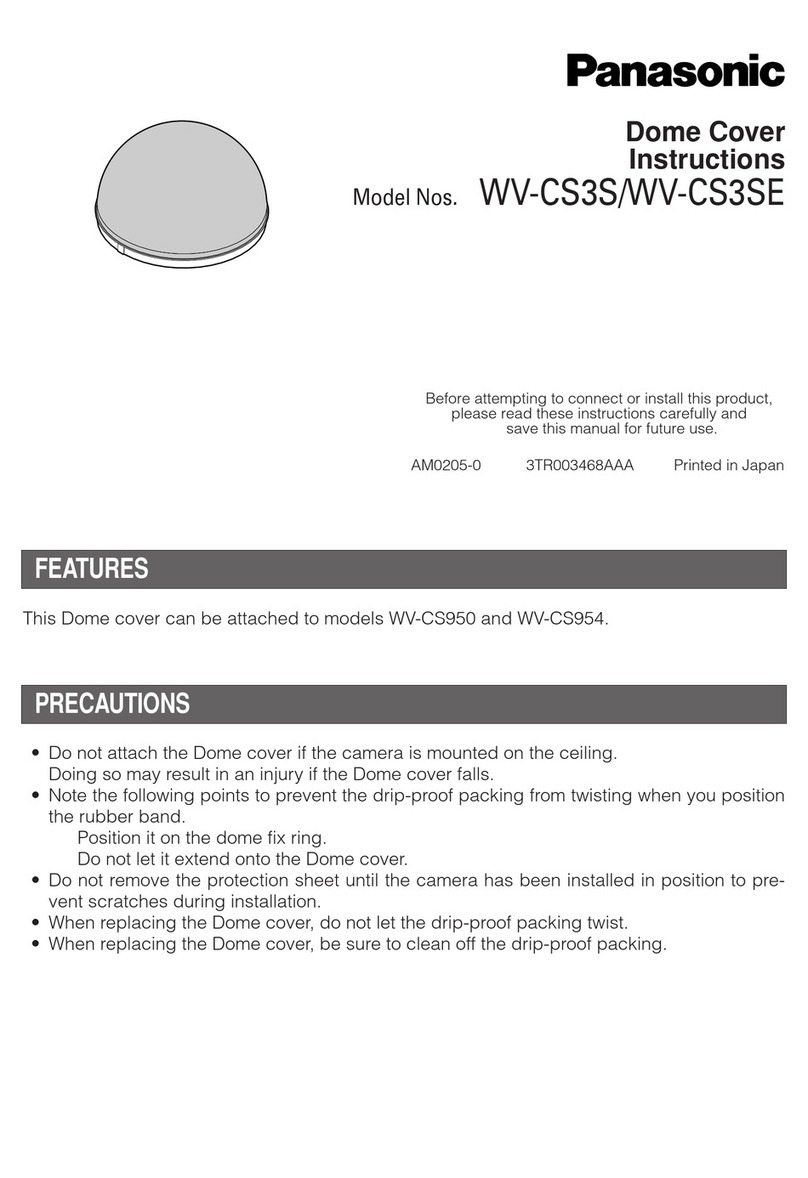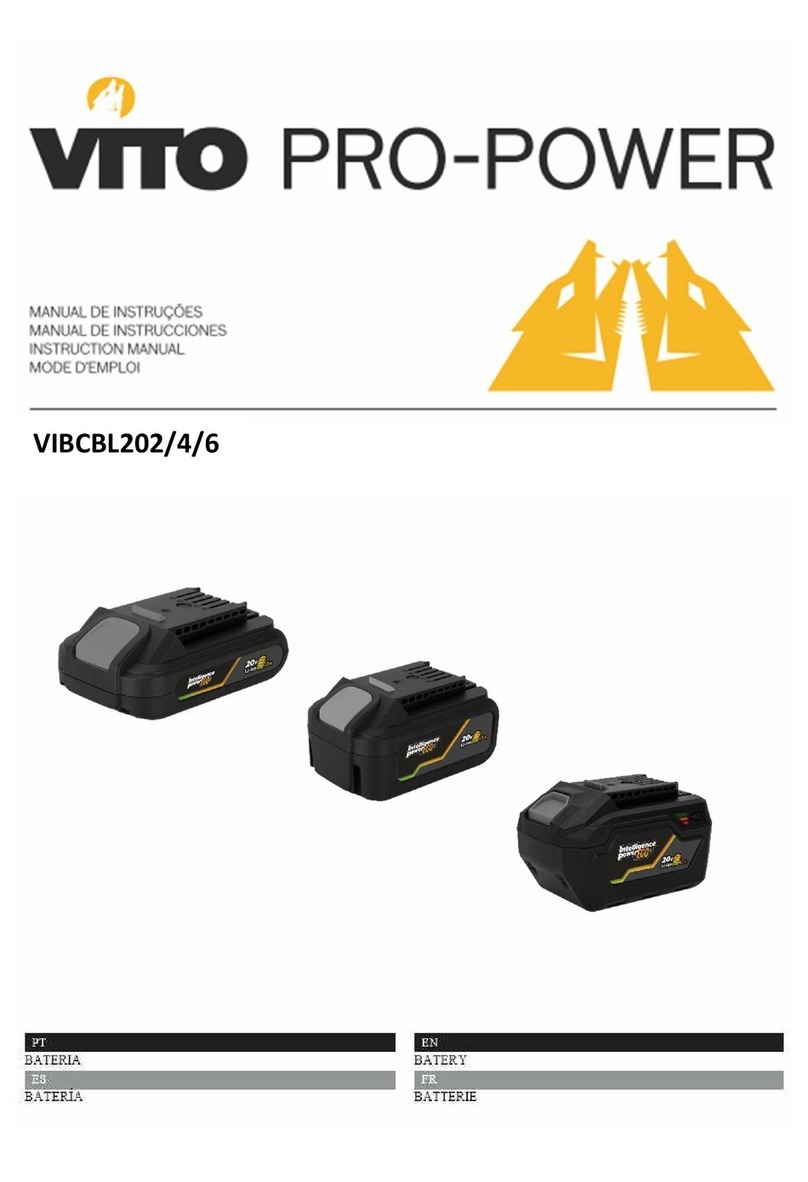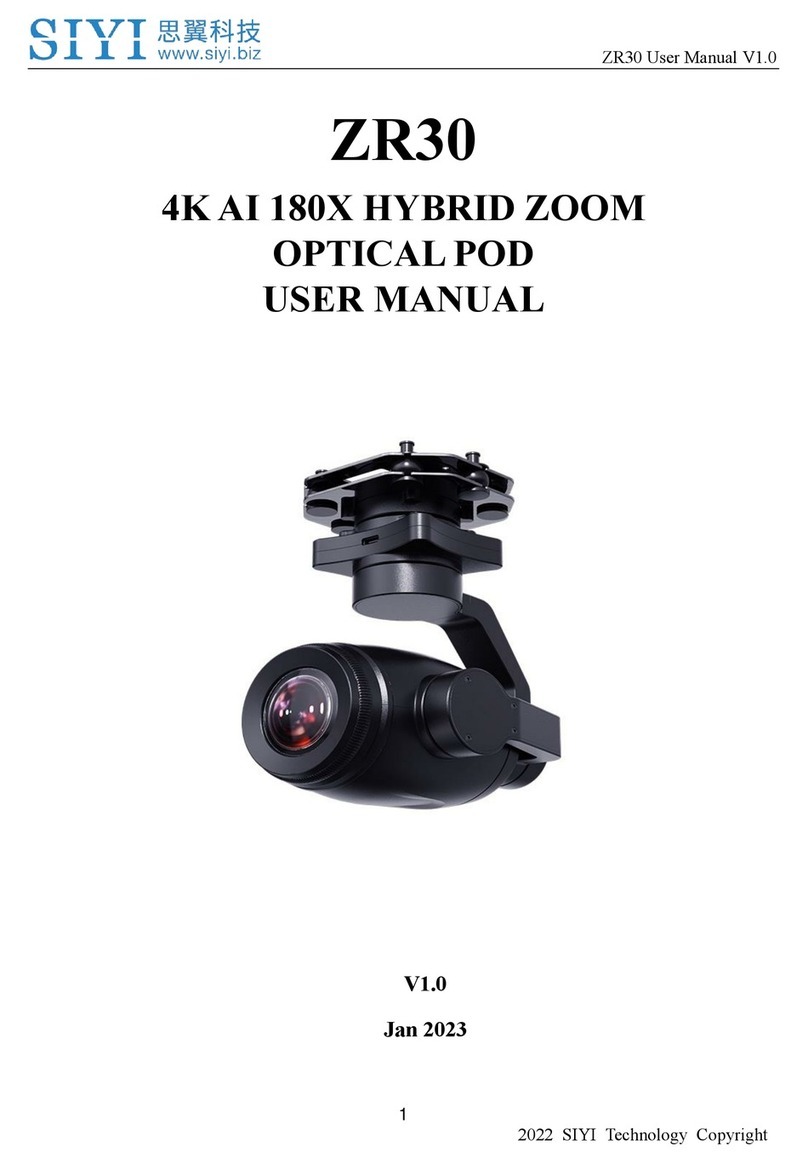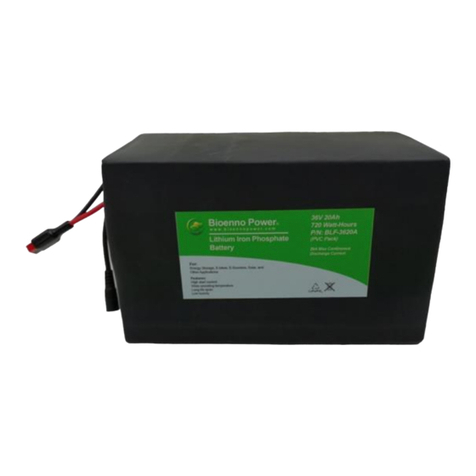Image Engineering iQ-Near Focus User manual

Image Engineering GmbH & Co. KG · Im Gleisdreieck 5 ·50169 Kerpen · Germany
T +49 2273 99991 - 0 · F +49 2273 99991 -10 · www.image-engineering.com
iQ-Near Focus
User Manual
September 8, 2021

Image Engineering
Seite 2von 12
CONTENT
1INTRODUCTION......................................................................................................... 3
1.1 Conformity ............................................................................................................ 3
1.2 Intended use......................................................................................................... 3
1.3 User safety............................................................................................................ 3
1.3.1 Manual and safety instructions.........................................................................3
1.3.2 Keep hands clear of moving parts.....................................................................3
1.3.3 Safety distance................................................................................................4
1.3.4 General safety information...............................................................................4
2GETTING STARTED................................................................................................... 4
2.1 Scope of delivery................................................................................................... 5
2.2 Commissioning...................................................................................................... 5
3OPERATING INSTRUCTIONS HARDWARE ............................................................... 7
3.1 Controls................................................................................................................ 8
3.2 Height adjustment of frame.................................................................................... 9
3.3 Using iQ-Near Focus with other IE measurement devices......................................11
3.3.1 LED-Panel V4 (timing measurement)..............................................................11
3.4 Care instructions ..................................................................................................11
4ADDITIONAL INFORMATION....................................................................................12
4.1 Storage and transport...........................................................................................12
4.2Disposal instructions.............................................................................................12
5TECHNICAL DATA SHEET........................................................................................12

Image Engineering
Seite 3von 12
1 INTRODUCTION
Important information: Read the manual carefully before using this device.
Inappropriate utilization may cause damage to the device, to the DUT (device under test), and/or other
components of your setup.
Keep these instructions in a safe place and pass them on to any future user.
1.1 Conformity
We, Image Engineering GmbH & Co. KG, hereby declare that the iQ-Near Focus corresponds to the
essential requirements of the following EC directive:
•Electromagnetic Compatibility - 2014/30/EU
•RoHS 2 - 2011/65/EU
1.2 Intended use
iQ-Near Focus is used to focus the automatic focusing system of a camera to a defined, short distance
with high temporal accuracy. A high contrast, translucent checkerboard chart is used for this purpose.
A typical use of iQ-Near Focus is to measure the camera release time in conjunction with the LED-
Panel.
Note: iQ-Near Focus is only suitable for indoor use.
1.3 User safety
1.3.1 Manual and safety instructions
Read the manual and user safety instructions carefully before switching on iQ-Near Focus for the first
time. The device must only be operated by instructed personnel.
1.3.2 Keep hands clear of moving parts
Moving parts can crush and cut. Keep Hands clear while operating the iQ-Near Focus. Do not operate
iQ-Near Focus with the safety cover removed.
DO NOT reach into the safety cover or the chart window at any point during operation.

Image Engineering
Seite 4von 12
1.3.3 Safety distance
Keep to a safe distance of approximately 1 m from the device during operation to ensure user safety.
The iQ-Near Focus comes with an extended wire remote control to keep a safe distance.
Figure 1: Safety distance during operation
Of course, this distance cannot be maintained while using the control unit (located below chart
housing) to make adjustments. During the test process, ensure that no part of your body, clothing, or
hair protrudes into the chart opening or the safety cover.
Attention! In the event of an accident, the device must be stopped immediately with the emergency
stop switch located right next to the control unit. Push it to stop the motor instantly.
1.3.4 General safety information
Do not open the device without instructions from the Image Engineering support team or when
connected to a power supply.
Emergency STOP switch

Image Engineering
Seite 5von 12
2 GETTING STARTED
2.1 Scope of delivery
•iQ-Near Focus
•3 m cable (male 6.35 mm TRS connector to male 3.5 mm TRS connector)
•Hex keys for frame assembly
2.2 Commissioning
The iQ-Near Focus comes almost ready to use. The following assembly steps need to be performed
before using it:
•Step 1: Mount the feet of the frame to the lower frame using the hex keys.
•Step 2: Cover open mounting brackets and profile surfaces with plastic caps.
•Step 3: Join the upper and lower part of the frame by sliding the gliders into the
corresponding grooves, as shown in step 3 below.
Step 1:
Guide the slot nuts into the corresponding groove on each foot profile (Figure 2). Slide on until the
hole in the foot profile aligns with the screw head between the four slot nuts (Figure 3). Tighten screw.
Figure 2: Frame assembly

Image Engineering
Seite 6von 12
Figure 3: Frame assembly
Step 2:
Tighten downward-facing screws on both sides to secure the feet and stabilize the frame.
The cover caps are placed on the brackets and the open ends of the profiles to complete the
assembly (Figure 3).
Figure 4: Finalization

Image Engineering
Seite 7von 12
Step 3:
To connect the upper frame to the lower frame, guide the gliders fixed to the upperframe into the
corresponding groove of the lower frame, as shown in the images below. Make sure that the two hand
levers are not tightened.
Figure 5: Connecting upper and lower frame
Slide the frame parts towards one another until both sides' gliders are fully seated in the groove. Then
place the supplied profile caps on the open ends of the frame. A rubber mallet can be helpful here.
Finally, tighten the hand levers to secure the upper frame's position.

Image Engineering
Seite 8von 12
3 OPERATING INSTRUCTIONS HARDWARE
3.1 Controls
The following control elements are available on the iQ-Near Focus:
Figure 5: Controls of iQ-Near Focus
1: Seven-segment display: Shows the set delay between down/up motions. When the
time has expired, the chart moves back to its starting position.
2: Red “Error”LED: Lights up to alert the user when the device has encountered an
error. The “Error” LED is operated by the motor control unit.
Examples of possible errors include:
- The chart could not be slowed down enough and
moved past its END-position.
Solution: Reset the device by pressing the “Reset” button and perform a homing
procedure by pressing the “Homing” button.
- The chart is manually forced out of its homing
position.
Solution: Reset the device by pressing the “Reset” button and perform a homing
procedure by pressing the “Homing” button.
If iQ-Near Focus cannot be reset, disconnect the device from the power source,
wait for five seconds, and reconnect it.
If you encounter an error that cannot be resolved, please contact the Image
Engineering Support Team.

Image Engineering
Seite 9von 12
3: Green “Referenced” LED: Lights up after successful initialization and homing
process after switching on the device. When the green LED is on, iQ-Near Focus is
ready for use.
4: “Homing”Button. Manually restart the homing process in case the test chart has
been moved by hand or you are unsure if the initial homing after startup is still valid.
5: “Stop”function: Stops the device immediately, regardless of the current chart
position.
“Reset” function: Resets the device in case of an error and turns off “Error” LED.
“Profile” function: iQ-Near Focus has two modes of movement.
1. Starting at the top position: Quickly move down to clear the camera's FOV,
stay down for the set duration and then slowly move back up.
2. Starting at the bottom position: Quickly move up into the camera’s FOV, stay
there for the set duration and then slowly move down to the starting position.
Hold the "Stop/Reset, Profile" button to switch between these modes. The display will
show "P1" or "P2". Switch profiles by pressing the "+" or "-"button. The display will
automatically show the set delay again when releasing the "Stop/Reset, Profile"
button.
6: “Start” Button: Starts the device using the previously set parameters.
7/8: “+/-“ Buttons: Increase/decrease the delay between movement steps of whole
seconds. These buttons also cycle through movement modes (see label 5) “Profile”
function.
9: Start “manually” (2.5 mm TRS jack socket): Typically used to connect a standard
remote shutter release.
10: Start “LED-Panel” (3.5 mm TRS jack socket): This socket connects the iQ-Near
Focus with the LED Panel to start both devices simultaneously with a remote shutter
release.
3.2 Height adjustment of frame
The upper part of the frame is height adjustable. The center of the chart resting in its upper position
can be set to a height between 132 cm and 165 cm. We recommend changing the height with the help
of another person.

Image Engineering
Seite 10 von 12
- Secure the upper frame with one hand on either
side.
- Loosen the highlighted handles by turning them
counterclockwise
- Lift or lower the frame to the desired height
- Tighten the handles down again firmly to prevent
the frame from dropping on its own.
WARNING: Risk of pinching!
Figure 6: Height adjustment of iQ-Near Focus

Image Engineering
Seite 11 von 12
3.3 Using iQ-Near Focus with other IE measurement devices
3.3.1 LED-Panel (timing measurement)
Figure 1 Connection scheme iQ-Near Focus and LED-Panel
Place iQ-Near Focus in front of the device under test and connect the TRS connector (6.35 mm “jack
plug”) to the corresponding port labeled “Defocus” on the LED-Panel.
Please refer to the LED-Panel manual for details on measuring different timing parameters (shutter
lag, autofocus time, etc.) and how to interpret the captured images.
3.4 Care instructions
•Always store the iQ-Near Focus in a safe and stable position
•Avoid contact with water
•Do not use any chemical cleaning agents
•Use compressed air or a dust blower to remove dust

Image Engineering
Seite 12 von 12
4 ADDITIONAL INFORMATION
4.1 Storage and transport
Ensure that the iQ-Near Focus is fixed and the device is adequately wrapped for transport to avoid
damage to the shutter blade. Unplug all cables/devices from iQ-Near Focus before storage/transport.
4.2 Disposal instructions
After the service life of iQ-Near Focus, it must be disposed of properly. Electrical and
electromechanical components are included in iQ-Near Focus. Observe your national regulations.
Ensure that third parties cannot use iQ-Near Focus after disposing of it.
Contact Image Engineering if assistance for disposal is required.
5 TECHNICAL DATA SHEET
Refer to the technical data sheets. It can be downloaded from the website of Image Engineering at:
https://image-engineering.de/support/downloads.
Other manuals for iQ-Near Focus
1
Table of contents
Other Image Engineering Camera Accessories manuals


